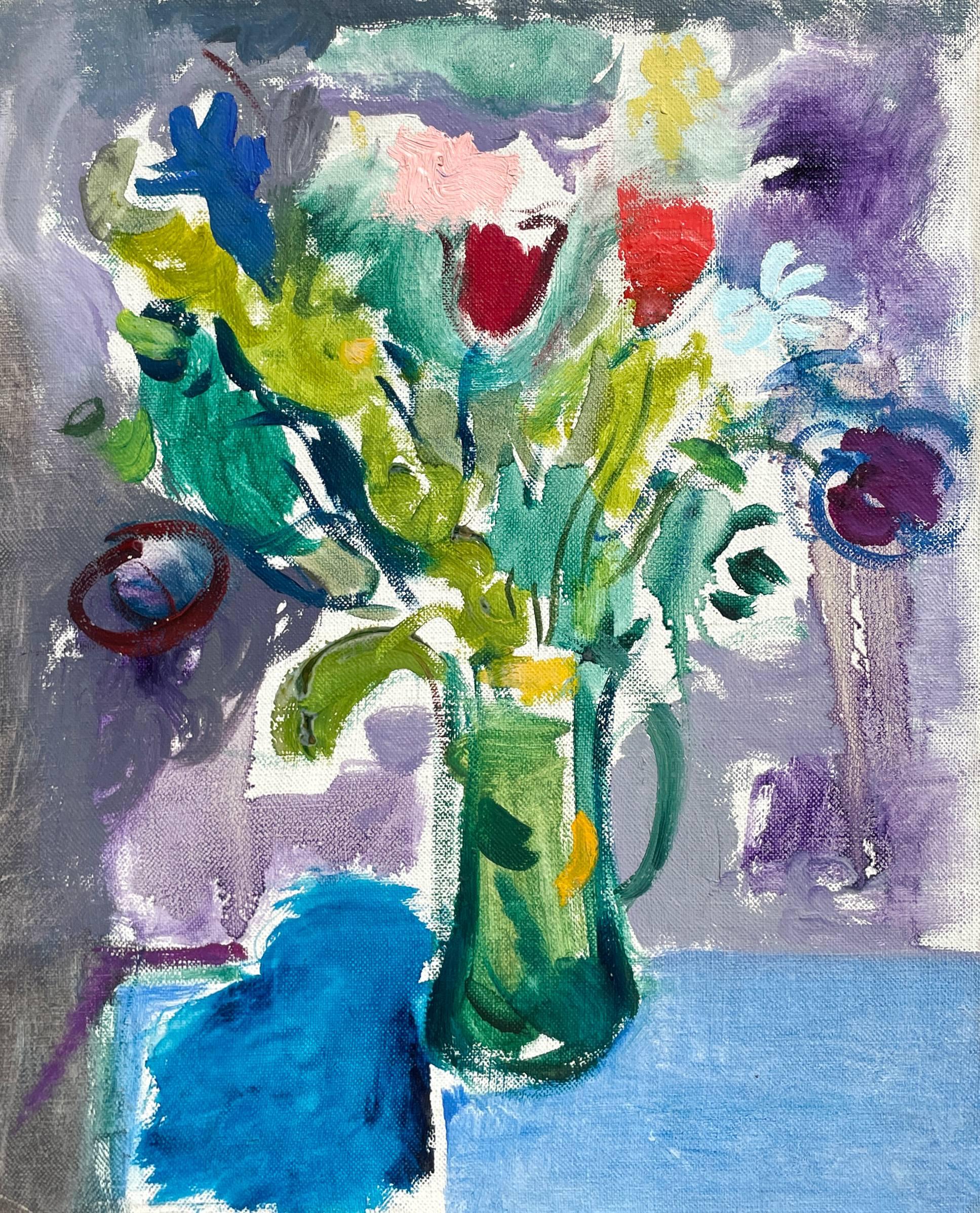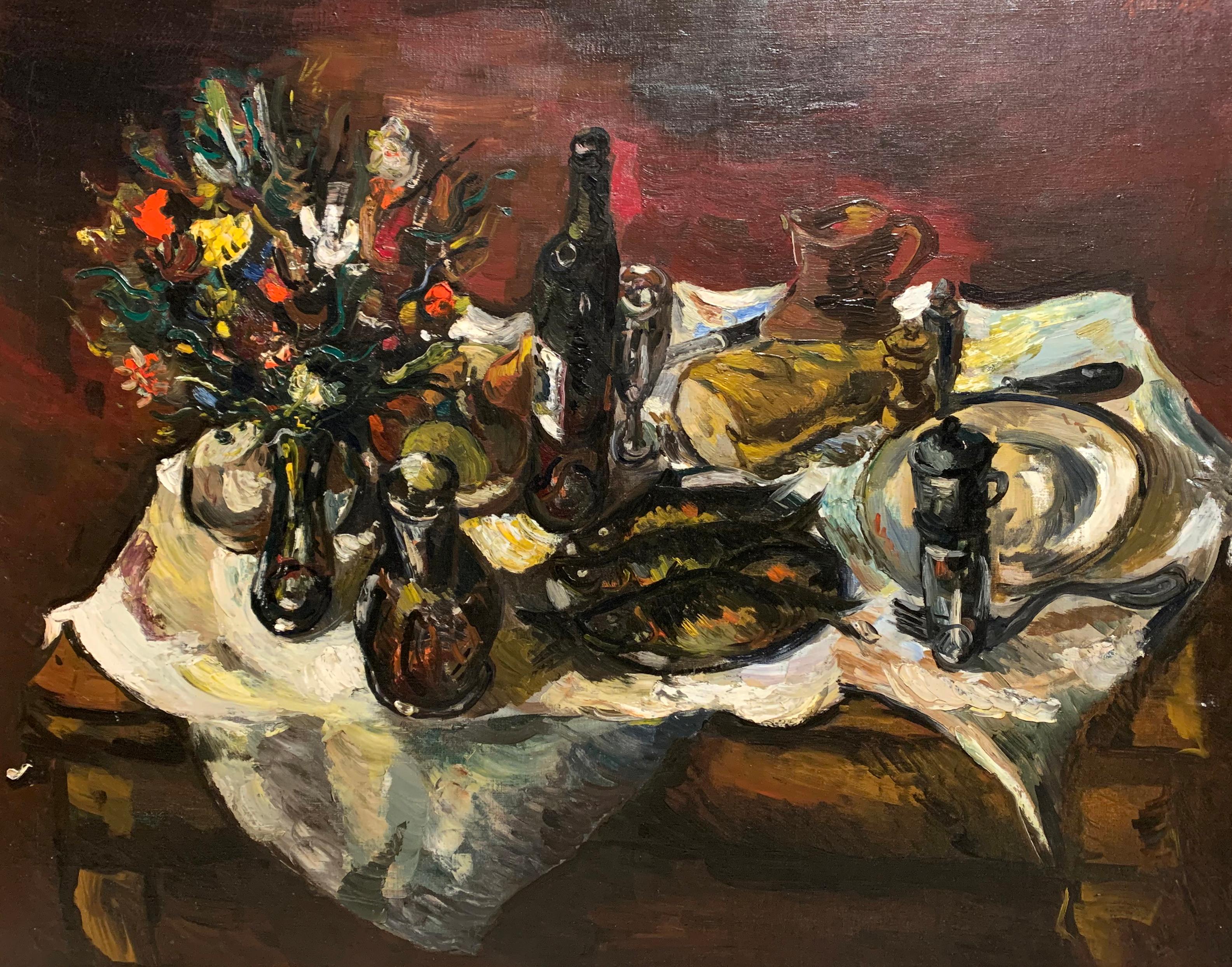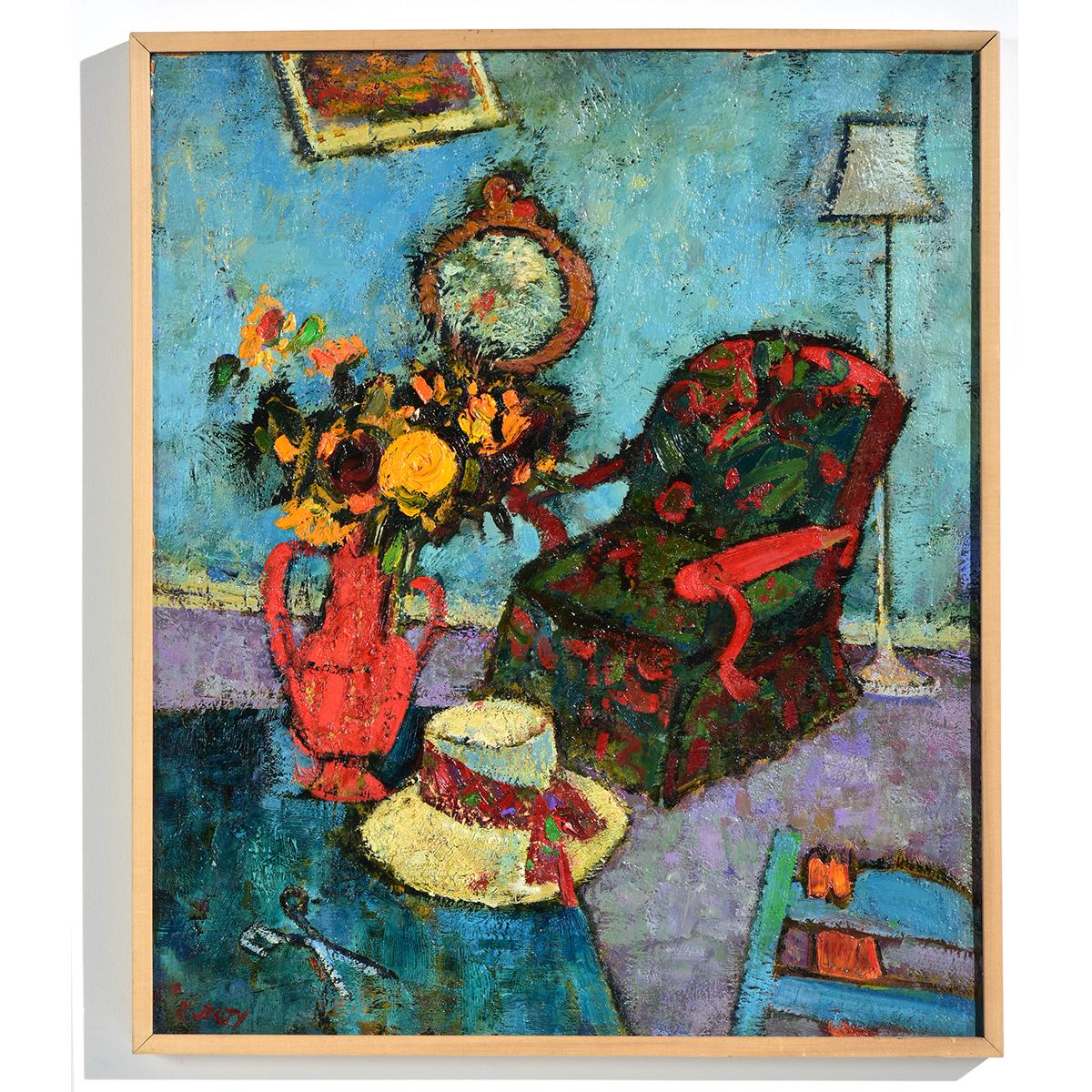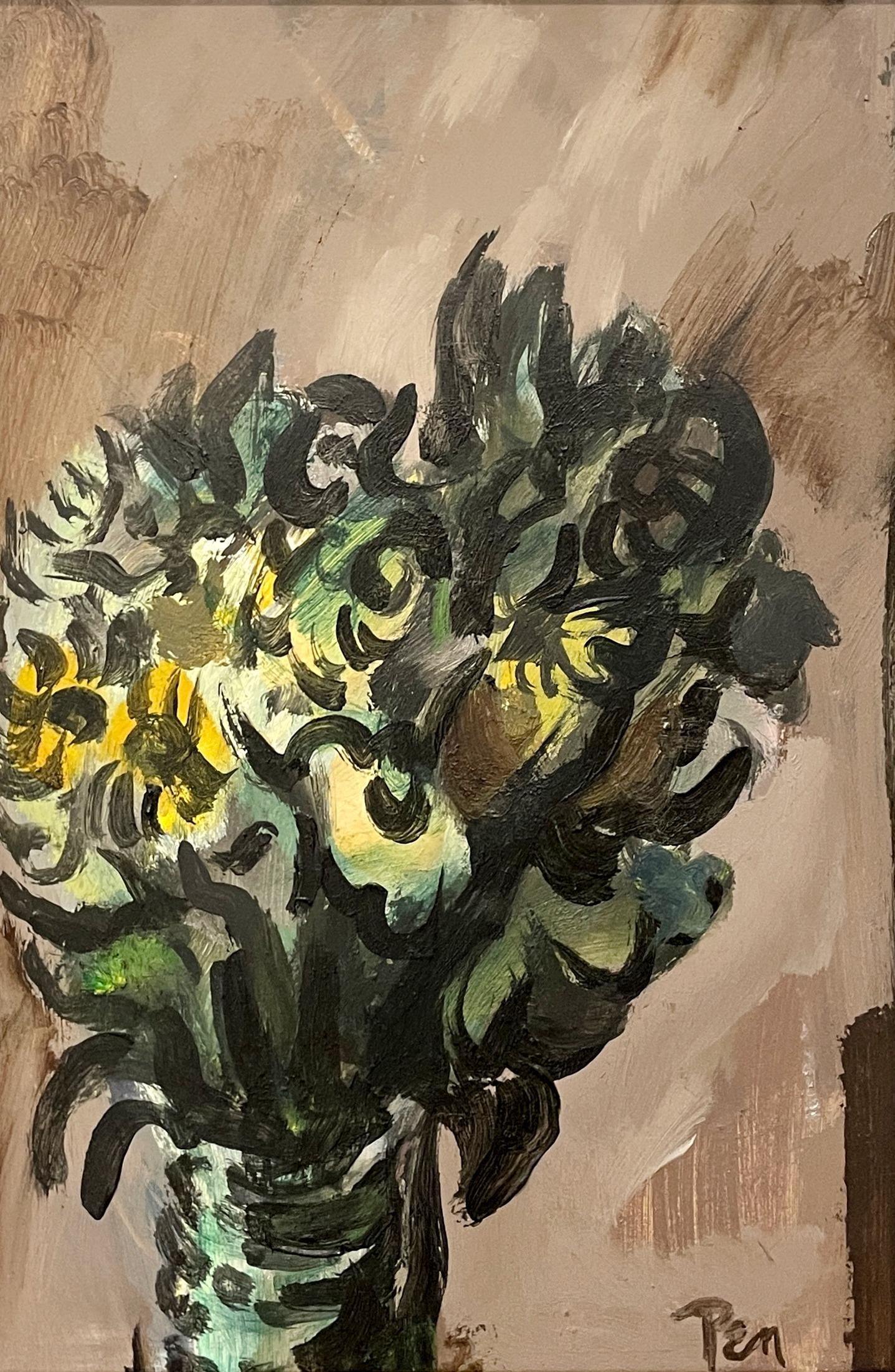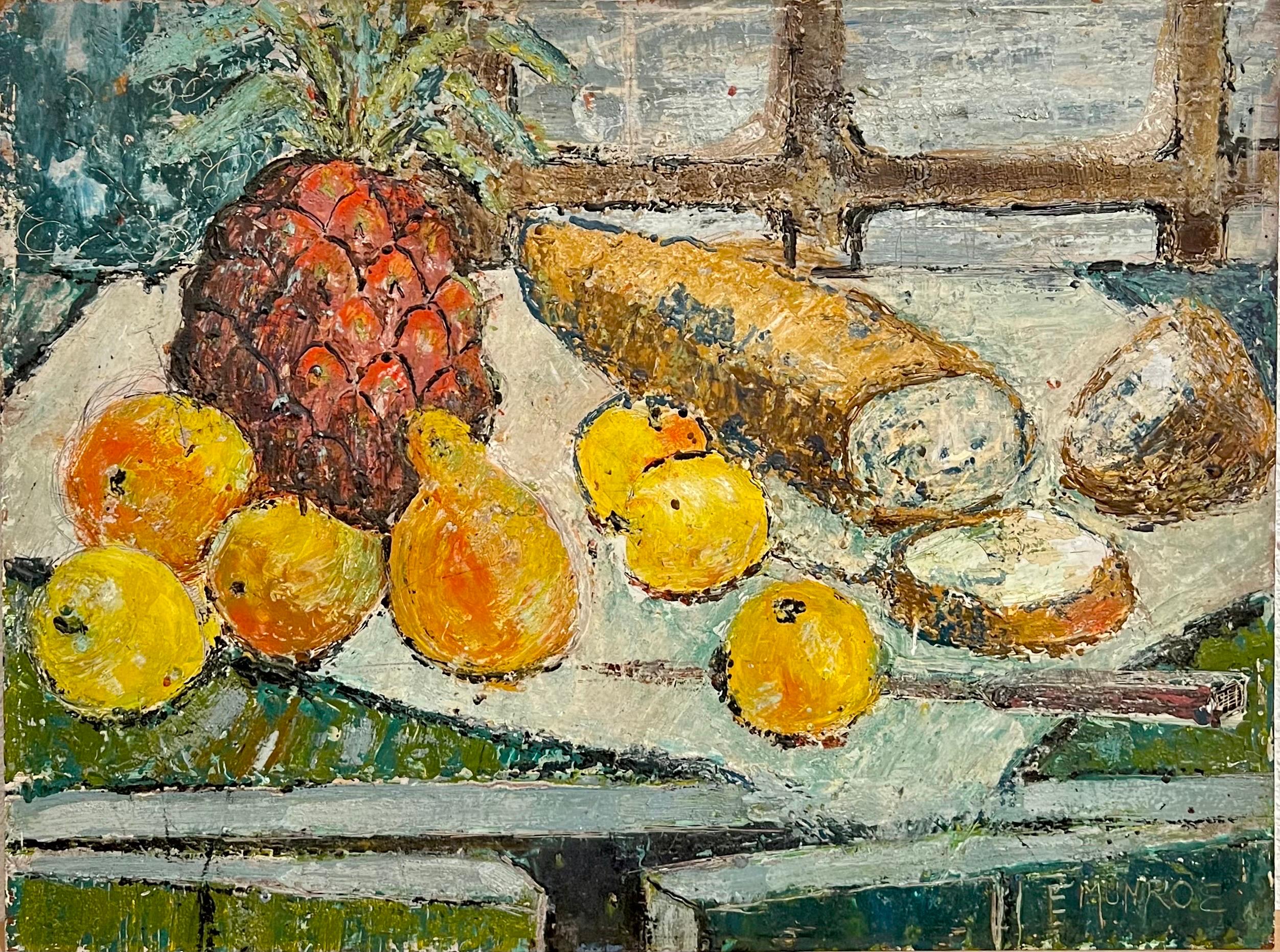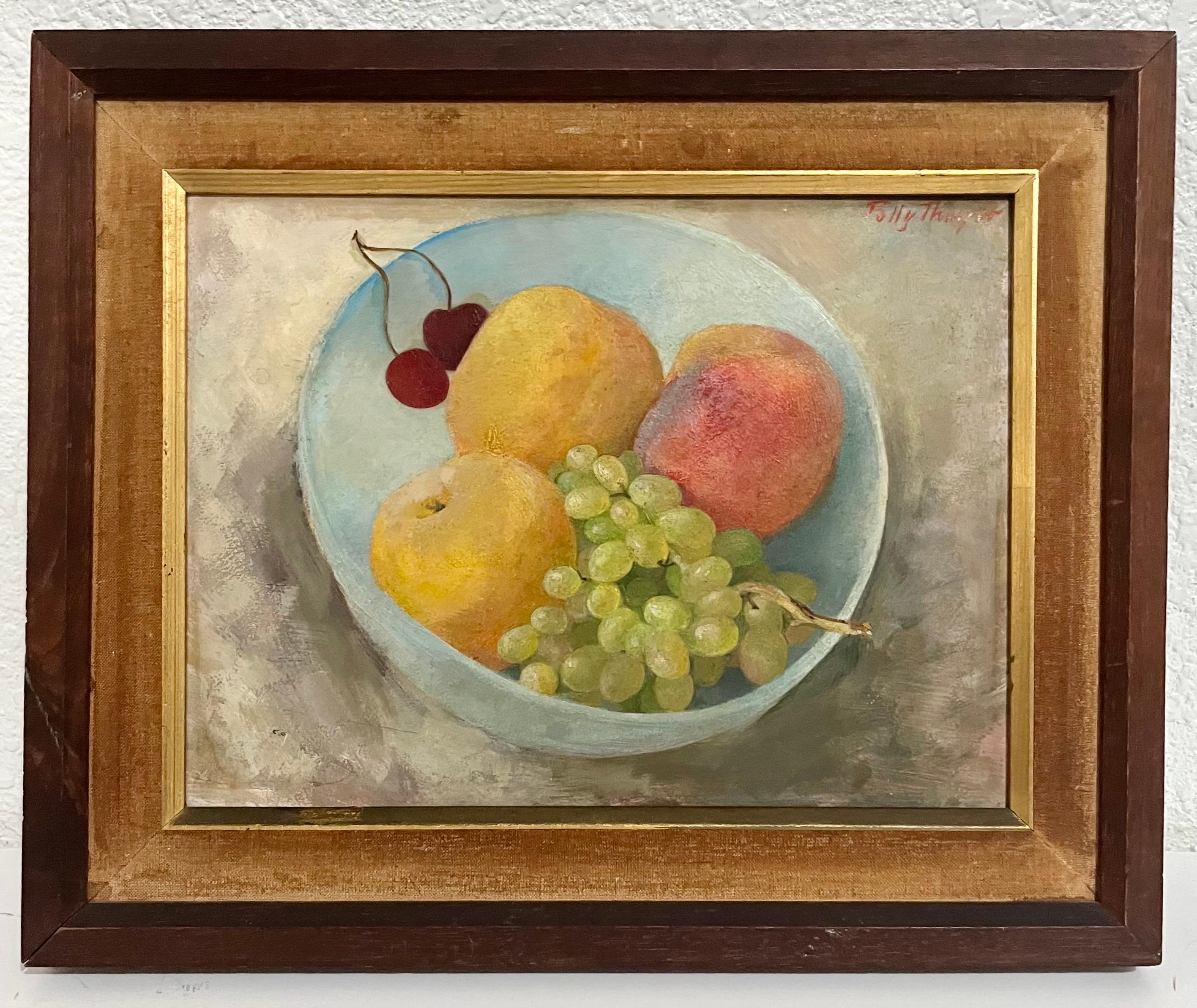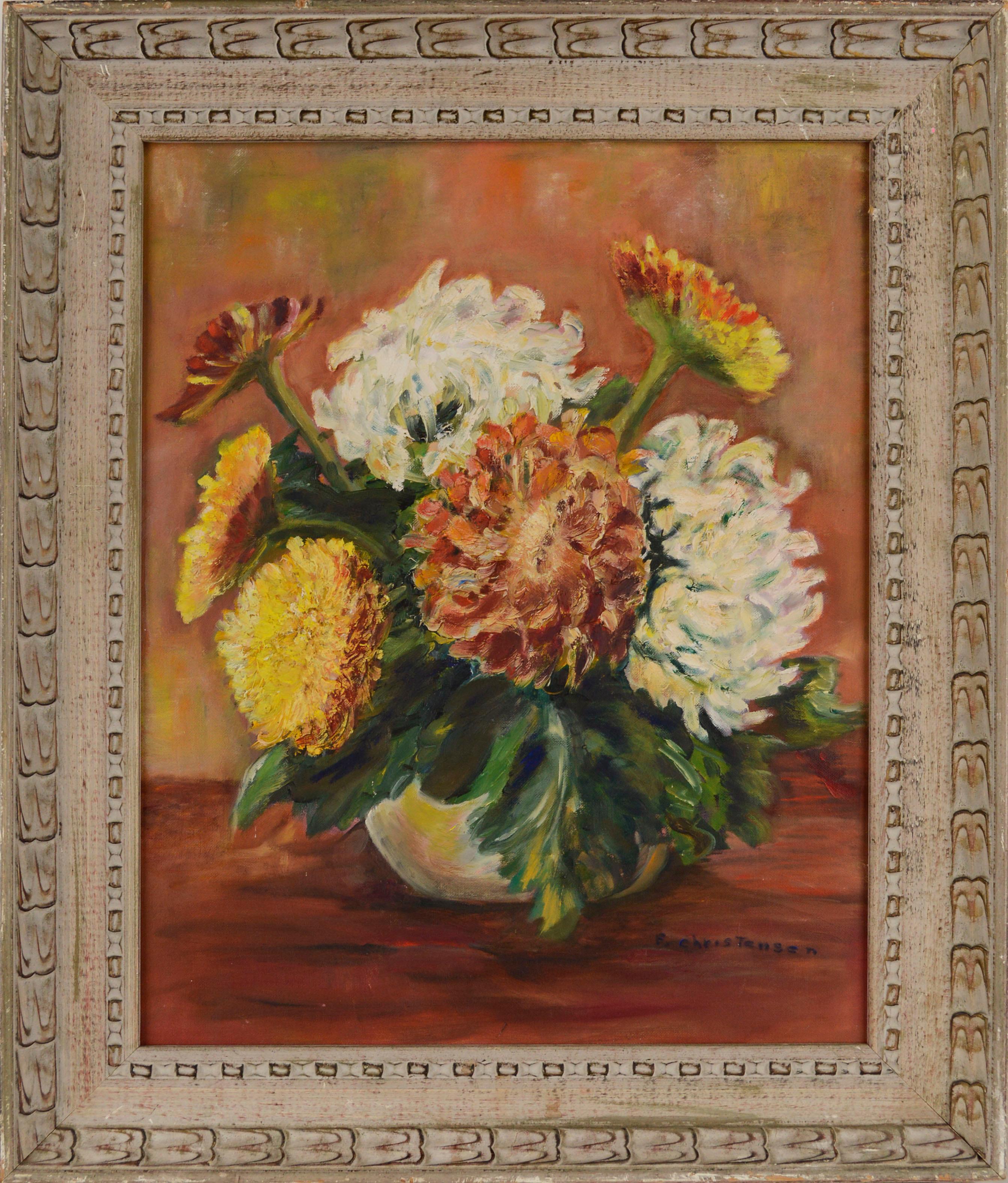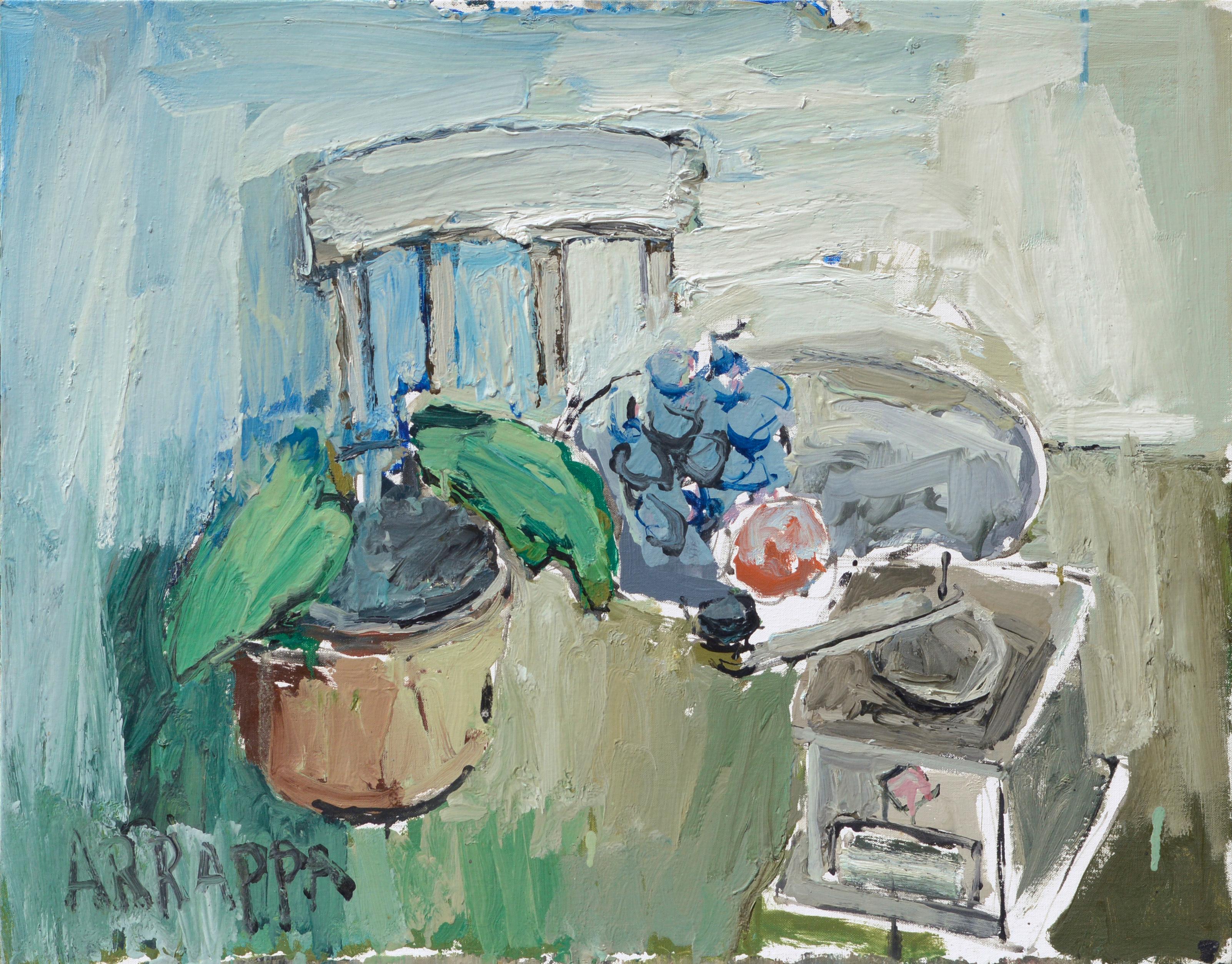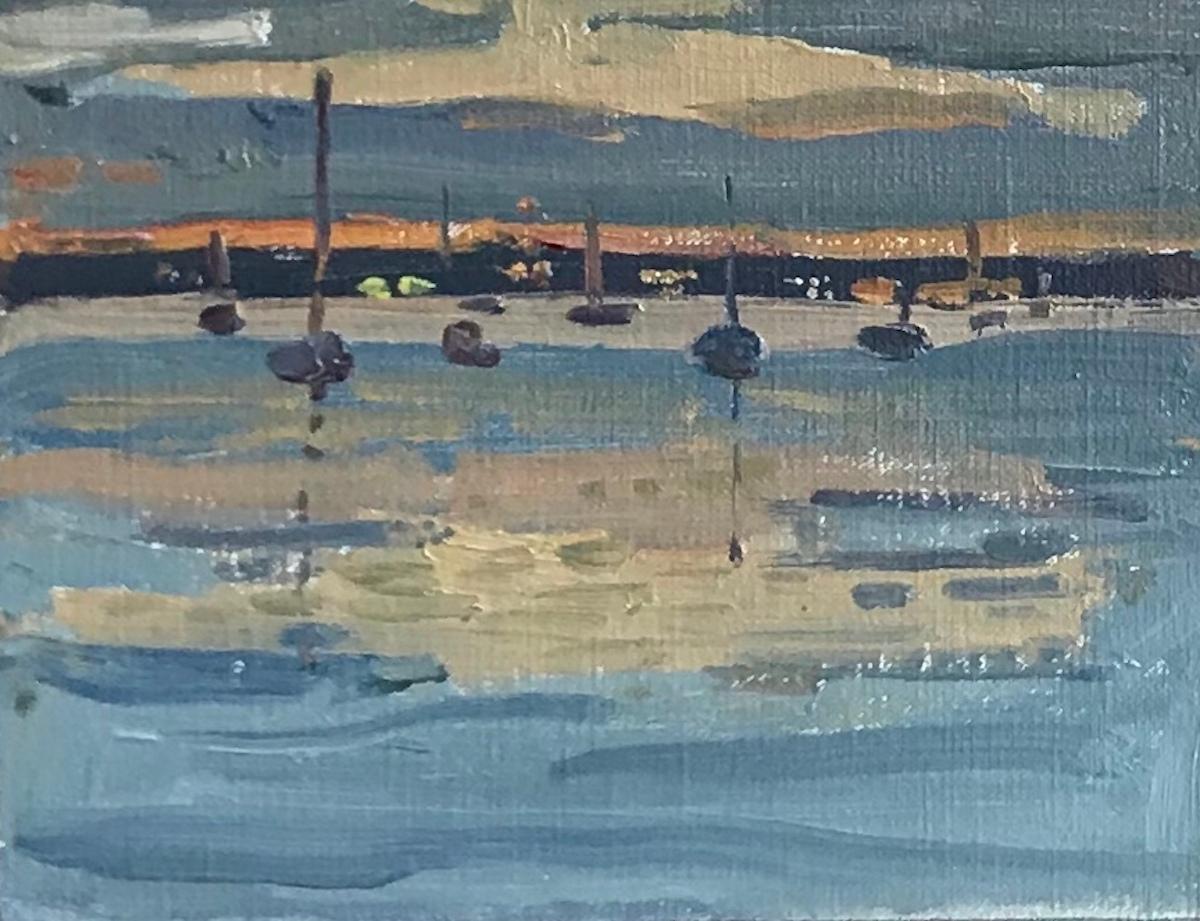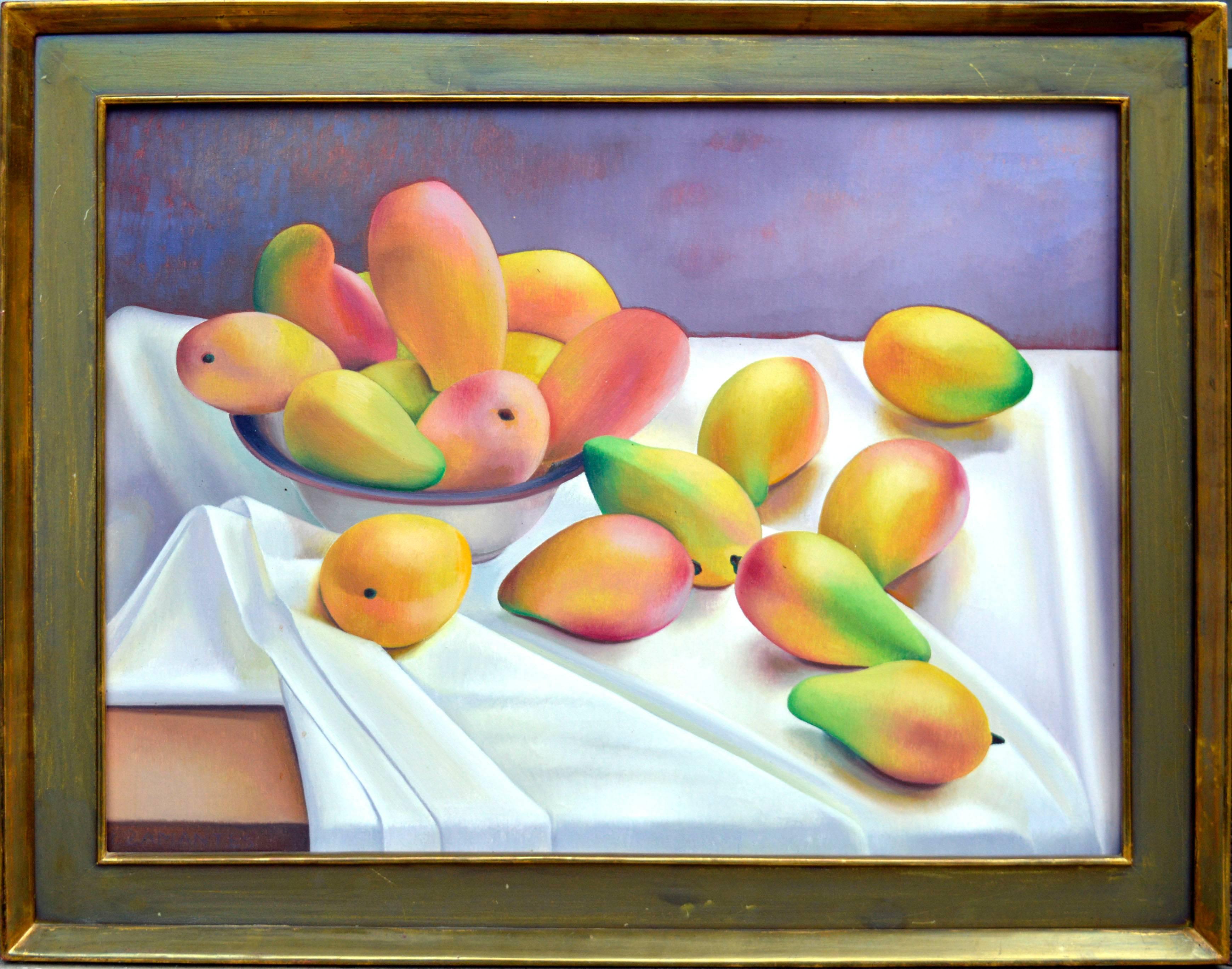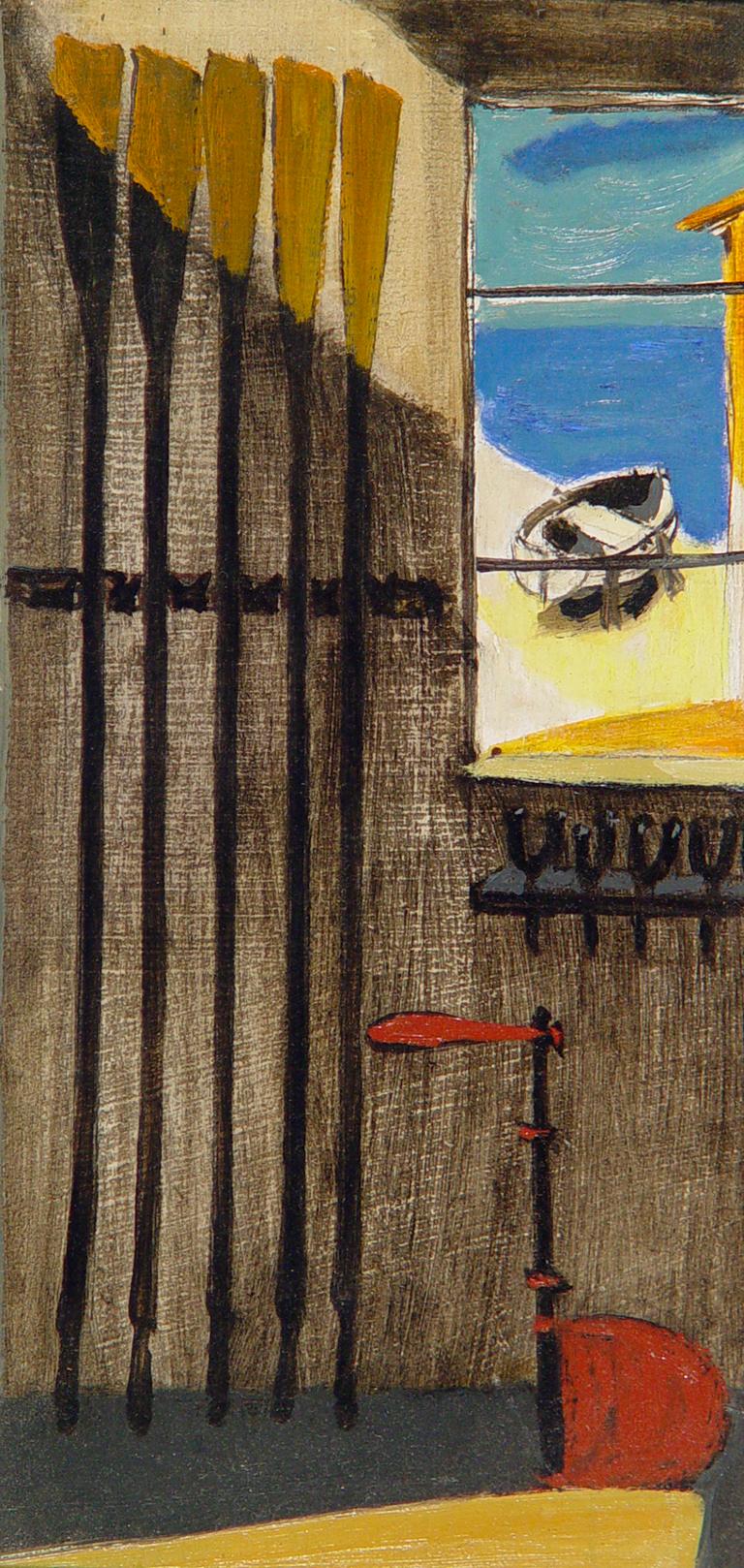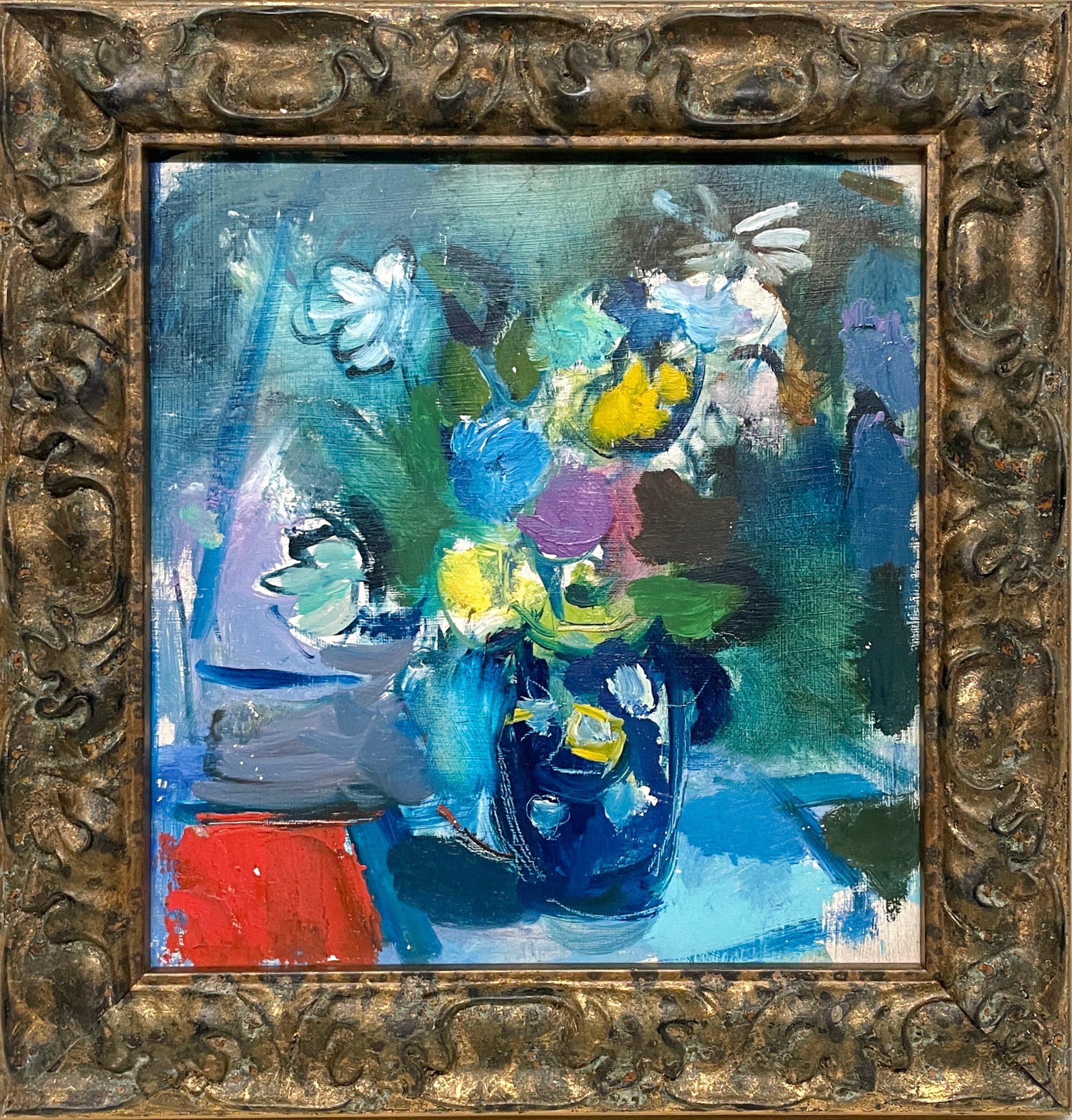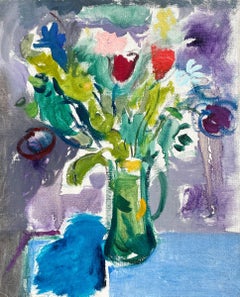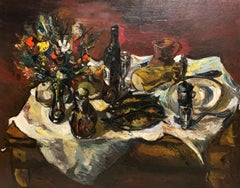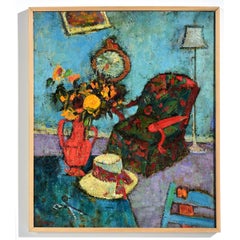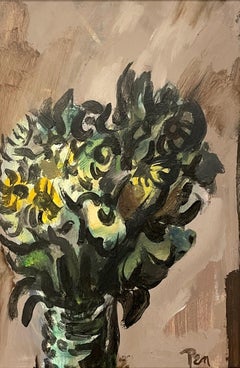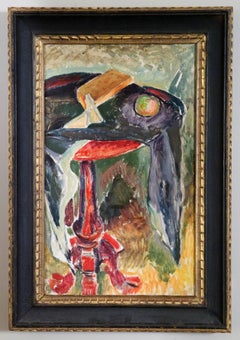
Still Life (double-sided)
View Similar Items
1 of 9
Alfred Henry MaurerStill Life (double-sided)circa 1920's
circa 1920's
$65,000List Price
About the Item
- Creator:Alfred Henry Maurer (1868-1932, American)
- Creation Year:circa 1920's
- Dimensions:Height: 22 in (55.88 cm)Width: 13.5 in (34.29 cm)
- Medium:
- Movement & Style:
- Period:
- Condition:
- Gallery Location:Concord, MA
- Reference Number:1stDibs: LU354635792
Authenticity Guarantee
In the unlikely event there’s an issue with an item’s authenticity, contact us within 1 year for a full refund. DetailsMoney-Back Guarantee
If your item is not as described, is damaged in transit, or does not arrive, contact us within 7 days for a full refund. Details24-Hour Cancellation
You have a 24-hour grace period in which to reconsider your purchase, with no questions asked.Vetted Professional Sellers
Our world-class sellers must adhere to strict standards for service and quality, maintaining the integrity of our listings.Price-Match Guarantee
If you find that a seller listed the same item for a lower price elsewhere, we’ll match it.Trusted Global Delivery
Our best-in-class carrier network provides specialized shipping options worldwide, including custom delivery.You May Also Like
A Lively, 1950s Mid-Century Modern Floral Still Life Painting by Francis Chapin
By Francis Chapin
Located in Chicago, IL
A Lively, Colorful 1950s Mid-Century Modern Floral Still Life Painting by Notable Chicago Artist, Francis Chapin (Am. 1899-1965). Full of color, with wonderful brushwork, the painti...
Category
Mid-20th Century American Modern Still-life Paintings
Materials
Canvas, Oil, Board
Tabletop Still Life, Modernist Still Life with Food, Flowers, and Wine
By Leon Kelly
Located in Doylestown, PA
"Tabletop Still Life" by Philadelphia born modernist and surrealist painter Leon Kelly, is a framed painting of a set dinner table with food, flowers, and wine. The 36" x 44" oil on ...
Category
1930s American Modern Still-life Paintings
Materials
Oil, Board
$10,500 Sale Price
25% Off
Richard Jerzy Watercolor "Red Chair" Interior with Flowers & Chair
By Richard Jerzy
Located in Detroit, MI
"Red Chair," though an interior scene, is arranged like a still-life with the furniture and objects slightly off-kilter in the creative manner of Marc Chagall's interiors, the Russian-French artist of Belarusian Jewish origin. These non-fixed objects lend a floating energetic atmosphere and the brilliant colors contribute to the liveliness of this warm inviting interior.
Richard Jerzy was a well-known watercolor artist from the Detroit, Michigan area. His signature works were figures and still lives, and many famous Michigan families are collectors.
"He was probably the most promising, successful, exciting artist in the state of Michigan," said Miriam Parel, a fellow artist and friend for more than 30 years.
He grew up on Detroit's east side and developed an interest in painting as a teenager. He attended Detroit's Center (now College) for Creative Studies. Other well- known CCS faculty and graduates are Susan Aaron-Taylor, Harry Bertoia, Doug Chaing, Stephen Dinehart, Tyree Guyton...
Category
Late 20th Century American Modern Interior Paintings
Materials
Oil, Board
An Vibrant, Expressive Mid-Century Floral Still Life Painting by Rudolph Pen
Located in Chicago, IL
A Vibrant, Expressive Mid-Century Floral Still Life Painting by Rudolph Pen. Artwork size: 15” x 10"; Framed size: 19 1/2” x 14 1/2”. Signed Pen, lower right. Provenance: Esta...
Category
Mid-20th Century American Modern Still-life Paintings
Materials
Oil, Board
Enid Munroe Mid Century Modernist Oil Painting Still Life with Fruit and Bread
By Enid Munroe
Located in Surfside, FL
Genre: Modern
Subject: Kitchen still life with pineapple, sourdough bread and lemons
Medium: oil paint, done in a sgraffito, impasto somewhat brutalist technique
Surface: board
Country: United States
Dimensions: 18 X 24
Being sold unframed
Enid Munroe re-establishes the aesthetic worth of ordinary manufactured objects within the basic form language of Cubism. In her painting the artist uses trompe-l'oeil to render her composition, involving realistic imagery in order to create the optical illusion that the depicted objects exist in three dimensions.
Enid Munroe is an artist and teacher who is well known regionally for her paintings, works on paper and Gold leaf, silver leaf, trompe l’oeil collage and assemblage series. She has been included in numerous invitational and juried exhibitions both nationally and regionally. Her works are in leading public, corporate and private collections including the Brooklyn Museum and the National Museum of American Art. Munroe cites painter Georgia O’Keeffe as one her influences and sources of inspiration. “Georgia O’Keeffe really helped lift the concept of women as artists,” stated Munroe. Munroe lived and worked in Mexico, Japan and Italy before settling in Connecticut. She is the author of An Artist in the Garden: A Guide to Creative and Natural Gardening (Henry Holt & Co, 1994) and has been active in regional art events including the founding of the annual Pequot Library...
Category
20th Century American Modern Still-life Paintings
Materials
Oil, Board
Oil Painting Still Life Fruit Bowl Polly Thayer Boston Modernist Woman Artist
Located in Surfside, FL
Polly Thayer Starr (1904-2006)
Oil Painting
Still Life Fruit Bowl
Dimensions: Frame: 12.5" X 15.5", Image: 8.5" X 11.5"
Polly Thayer (Starr) (1...
Category
20th Century American Modern Still-life Paintings
Materials
Oil, Board
